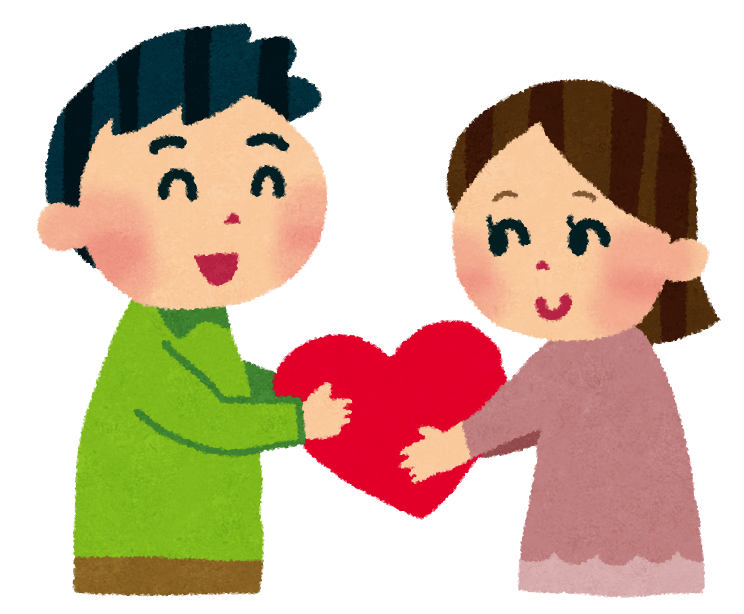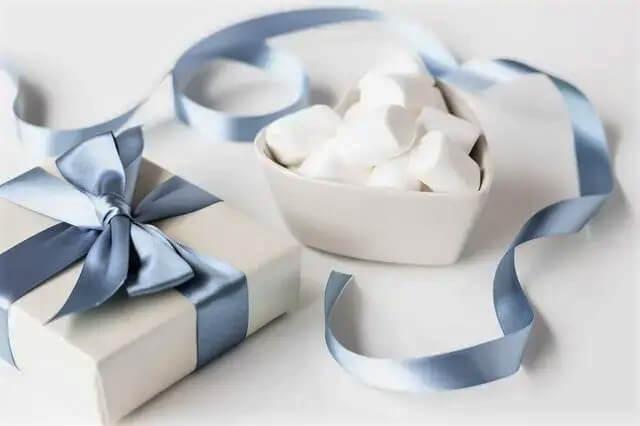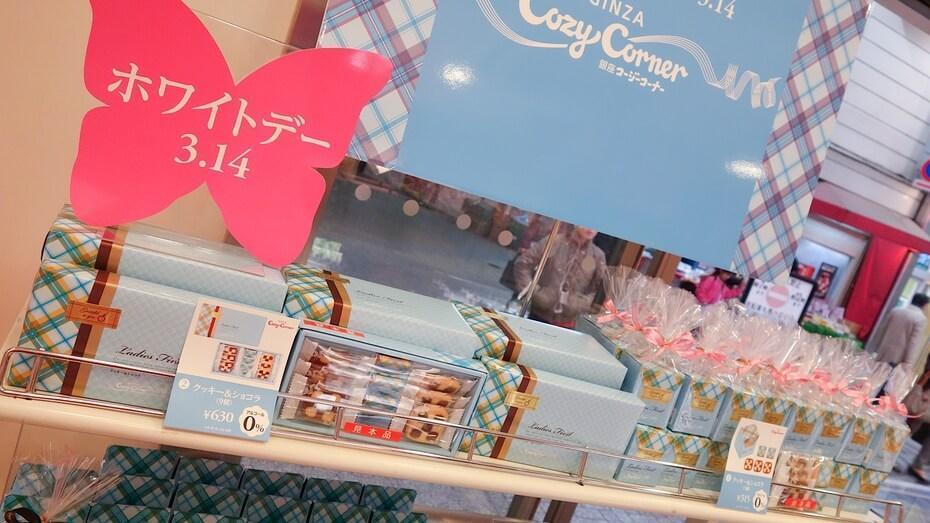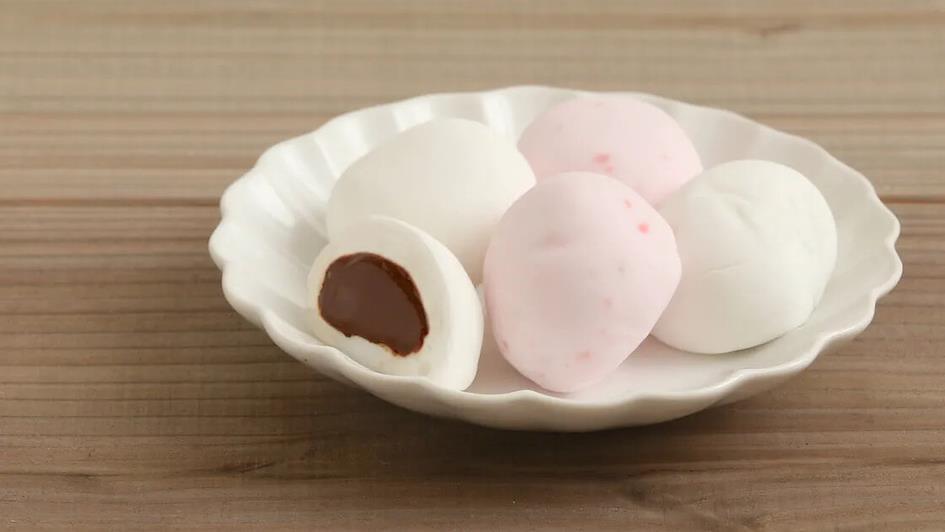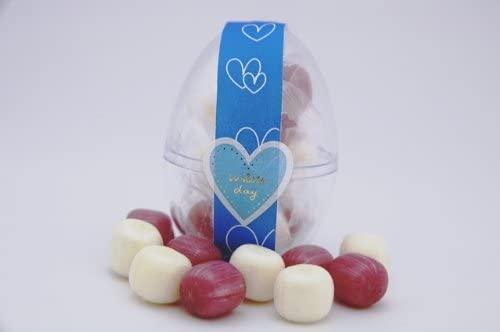[ad_1]
Japan’s Valentine’s celebration is unique from the rest of the world. Unlike in most countries, women are the ones who treat men during Japanese Valentine’s. However, what truly separates Japan’s version of Valentine’s is that the country has a separate holiday that adds another twist to Japanese Valentine’s.
White Day is Japan’s “Reverse Valentine’s Day“. It is essentially a follow-up to Valentine’s and allows Japanese men to repay the kindness and generosity of the women that treated them well during Valentine’s. It is also an opportunity for Japanese men to finally give a definite answer to the women who gave them honmei-choco, which is practically a confession of love.
Unlike Valentine’s, White Day isn’t an imported tradition. It originated in Japan and was inspired by the Japanese people’s unique culture. White Day was also heavily influenced by the societal norms of Japan during the late 1970s.
In this article, we will learn interesting facts about Japan’s White Day celebration. We will discuss White Day’s origins and popular gifts that are given during the celebration.
What is White Day?
To fully understand what White Day is, let us briefly talk about Valentine’s. Japan’s Valentine’s Day is an imported celebration that made its way to Japan in the 1950s.
Japanese candy companies introduced Valentine’s to the country to boost chocolate sales and help with post-war Japan’s efforts to restore its economy. Despite initially being a commercial event, Japanese Valentine’s Day greatly influenced modern Japanese society’s dynamics.
With Valentine’s, Japanese women could freely express their love for the special men in their lives or confess their love and start a serious romantic relationship.
However, Japanese women eventually found it unfair that Japanese men received chocolates and gifts but didn’t receive anything in return. As a result, White Day was born as an answer to the Japanese women’s call for equality.
White Day has gone through various names and revisions. Today, Japanese people celebrate White Day as a direct continuation of Valentine’s Day.
Japanese men who receive chocolates and gifts on Valentine’s Day return the favor on White Day. White Day is celebrated on March 14th, exactly one month after Japan’s Valentine’s Day celebration.
Japanese men are expected to follow the Japanese expression “sanbai gaeshi” (三倍返し), which translates literally to “thrice the return”. In other words, Japanese men treated well during Valentine’s are expected to give gifts twice or three times the value of the gift they received.
Just like women on Valentine’s Day, Japanese men are expected to give gifts to several people. These include classmates, friends, coworkers, senpai, and family members.
The act of giving gifts to others is somewhat of an obligation in Japanese culture. They believe it is part of their responsibility to maintain a good and healthy relationship with others. Thus, it is only proper to give gifts in return to Japanese women who also gave gifts on February 14th.
However, it is very important for Japanese men to give gifts to women who give honmei-choco or true love chocolates. It is also essential for men in serious relationships to give gifts to their partners to affirm their love.
On White Day, Japanese men traditionally tended to give white-colored gifts and snacks, but these days, the gift doesn’t necessarily have to be white. However, each gift still carries a deeper meaning, especially when given as an answer to a confession of love.
History of White Day in Japan
Japanese candy companies were responsible for bringing Valentine’s Day to Japan. They mainly imported Valentine’s from the West to sell more chocolates, so naturally, candy companies also introduced “White Day” for similar reasons.
According to multiple Japanese sources and studies, the Japanese confectionery from the Hakata region, Ishimura Manseido, was responsible for introducing what we now know as “White Day”. The story goes that in 1977, Zengo Ishimura, one of the company’s executives at the time, read an article from a women’s magazine that stated Japanese women found Valentine’s to be unfair.
Back in the 1960s, when Valentine’s was first introduced in the country, there was no need for Japanese men to return the favor to Japanese women who gave them chocolates/presents. Naturally, the women at the time weren’t too happy about not receiving anything in return.
After all, western women receive plenty of gifts during their version of Valentine’s. In addition, the Japanese practice giving “okaeshi”, which translates as “thank-you gift”. In other words, it is unnatural for the Japanese not to repay the kindness of others through gifts.
The article specifically mentioned that these Japanese women would love to receive marshmallows in return for giving chocolates during Valentine’s; this gave Ishimura Manseido the idea to introduce a sequel to Japanese Valentine’s Day.
This special day allowed Japanese men to thank the women who treated them well during Valentine’s Day. It was also the perfect opportunity to sell Ishimura Manseido’s newly developed chocolate marshmallow.
A poll was held for the women in the company to decide when this special holiday was to be held. The winning date was March 14th, one month after Valentine’s Day.
As Ishimura Manseido wanted to sell chocolate marshmallows, the special occasion was called “Marshmallow Day”. He launched Marshmallow Day in 1978, making it the first recorded instance of a “White Day” celebration.
In the coming years, different companies also took part in the celebration, and other gifts aside from marshmallows were introduced. Since the occasion was no longer exclusive to white marshmallows, candy companies freely named the event.
Some called the celebration “cookie day” or “flower day“. In the 1980s, the follow-up to Valentine’s Day was officially called “White Day”. White Day’s popularity skyrocketed during this period, officially making it a mainstay in Japan’s annual celebrations. White Day eventually made its way to other East Asian countries, such as South Korea and Taiwan.
Where Did “White Day” Get Its Name?
As mentioned above, “White Day” was originally called “Marshmallow Day” and was made to sell white marshmallows. Naturally, one can assume that the celebration was renamed “White Day” since Japanese candy companies sold white-colored gifts during their sales campaigns.
However, another theory states that the name “White Day” was coined due to what the color white represented in Japan. The colors red and white are traditionally used in Japanese celebrations. Red signifies benevolence and vitality.
White, on the other hand, signifies love and purity. White perfectly resembles the innocent teen love found in Japanese culture. Thus, it was appropriate to name the celebration “White Day”.
Japanese White Day Gifts
During White Day, Japanese men give out different gifts to the women who previously gave them Giri-choco or Honmei-choco on Valentine’s Day. When White Day was first introduced in Japan, white chocolate marshmallows were the only gifts available, but that later expanded to include other white-colored items.
In today’s Japanese society, men can now also give non-white-colored gifts. Most Japanese men still, however, add a white-colored wrap or packaging for their gifts to make them appropriate for the occasion.
Since White Day is the opportunity for Japanese men to give back to women, their gifts should appropriately answer the chocolates given during Valentine’s. Men who received giri-choco tend to give out casual candies and snacks that don’t have a deeper meaning.
On the other hand, Japanese men who received a confession through a honmei-choco typically give back a special item with a specific meaning. In general, white marshmallows, cookies, and hard candies are given as a response to honmei-chocos.
White Day Gifts in Response to Honmei-Choco
White Marshmallow
White chocolate marshmallows were originally the best gift to give during White Day. During the 1970s and 1980s, they were popular with Japanese women.
It is said that the chocolate inside the marshmallows symbolizes the true love of Japanese women. The white marshmallow then envelops it on the outside, which represents purity. Chocolate marshmallows symbolize that Japanese men returned the love of the women who confessed to them during Valentine’s.
However today, chocolate marshmallows are no longer as popular. They melt easily, making them less ideal as gifts, and the way they melt easily can indicate the bond between the two people is easily broken.
As such, in spite of the original meaning, Japanese men now give chocolate marshmallows as a sign of rejection. Given white chocolate marshmallows’ harsh and negative implications, they tend to be avoided as gifts during White Day.
Also Read: ULTIMATE GUIDE TO VALENTINE’S DAY IN JAPAN
Cookies
Japanese cookies are another common gift for White Day. As well as being tasty, they are considered a less harsh version of chocolate marshmallows.
Cookies are crunchy, which can represent a somewhat dry relationship. They are given to indicate that the man wishes to have a casual or friendly relationship.
Hard Candies
Hard candies are considered the highest form of gift for White Day. They show that the man is interested in the one who confessed to him during Valentine’s.
Candies do not dissolve easily, and compared to the other typical White Day gifts, couples can enjoy their sweet taste longer. Hard candies signify that the relationship will be long-lasting.
Other Gifts for White Day
Aside from the three major gifts, Japanese men can also give other types of gifts to show appreciation to the special women in their lives. Couples who are already in a serious relationship can reciprocate their partner’s love by giving them luxurious items.
Common high-end gifts include electronics, bags, clothing, etc. In recent years, expensive chocolates, such as Godiva, have also been gifted to women. And of course, homemade items are also great gift ideas. Like with Valentine’s, homemade food or items crafted with great effort showcase the giver’s true love for their partners.
White Day Sayings
Of course, if the recipient of a White Day gift is from Japan (or has read this blog!) they might understand the meaning behind it. However, to make your feelings absolutely clear with a confession, here are some Japanese phrases you can say this White Day.
| 日本語 | JP | EN |
|---|---|---|
| うまく言葉にできないけど、この前は嬉しかった。ありがとう。 | Umaku kotoba ni dekinai kedo, kono mae wa ureshikatta. Arigato. | Words alone can’t express it, but before made me really happy. Thank you. |
| バレンタインにチョコをもらってから、気がついたら、君のことばっかり考えてます。 | Barentain ni choco o moratte kara, ki ga tsuitara, kimi no koto bakkari kangaetemasu. | After I got chocolate for Valentine’s Day, I found myself thinking about you all the time. |
| この前は、ありがとう。あなたのことが好きな事に、気が付きました。 | Sono mae wa, arigato. Anata no koto ga suki na koto ni, ki ga tsukimashita. | Thank you for before. I realized that I like you. |
| 君の笑顔が大好きです。これを受け取ってください。 | Kimi no egao ga suki desu. Kore o uketotte kudasai. | I like your smiling face. Please accept this. |
| 君のことを考えながらプレゼントを選んだよ | Kimi no koto o kangaenagara purezento o eranda yo. | I chose this present while thinking of you. |
| 俺の彼女になってくれないかな? | Ore no kanojo ni natte kurenai kana? | Will you be my girlfriend? |
Have you signed up for ZenMarket yet?
[ad_2]
Source link


